Monemvasia, a stunning medieval town on the east coast of the Peloponnese, Greece, offers an enchanting retreat steeped in history. This island, linked to the mainland by a narrow 200-meter bridge, rises from the sea with a rocky plateau towering 100 meters above sea level. Often called the “Gibraltar of the East,” Monemvasia is a secluded treasure waiting for adventurers to explore its unique landscape, rich history, and beautiful architecture.
A Hidden Town with a Rich Past
Monemvasia derives its name from the Greek words “mone” (single) and “emvasia” (entrance), reflecting its singular point of entry. This ancient fortress town has been inhabited since the 6th century, initially built atop the plateau to shield itself from invaders. Over the centuries, it flourished as a significant trading port and even served as the capital of the Byzantine Empire in its later days. The town’s strategic location, protected by its cliffs and high walls, made it a vital stronghold in the medieval world.
Despite changing hands numerous times—falling under Byzantine, Venetian, and Ottoman rule—Monemvasia preserved its charm and significance throughout history. It was finally liberated during the Greek War of Independence in the early 19th century.
The Architecture and Restored Charm
Monemvasia has preserved its medieval architecture, offering visitors the chance to step back in time. Much of the town’s historic buildings have been lovingly restored, with some even converted into boutique hotels. As you walk through the cobbled streets, you’ll discover charming stone houses, Byzantine churches, and remains of fortified walls. The layout of the town follows the contours of the rock, creating a labyrinth of winding alleyways and hidden squares that transport visitors to another era.
The lower town, which gradually expanded down the hillside, is more accessible to visitors and features numerous restaurants, cafes, and local shops offering handmade goods. The town is also famous for its stunning views of the Aegean Sea and the nearby mountains, making it a perfect spot for couples seeking a romantic escape.
Uptown: The Heart of Monemvasia
The upper part of Monemvasia, known as “Uptown,” is the oldest part of the settlement. It was originally built on the plateau at the top of the rock, making it highly defensible and virtually inaccessible to invaders. Today, Uptown is a more tranquil area, where visitors can explore ancient ruins, including the Church of Agia Sophia, perched high above the town, offering breathtaking panoramic views of the entire region.
A Modern Revival
While Monemvasia’s glory faded during the 18th century, it experienced a revival in the 1970s when tourists began rediscovering this hidden gem. Today, Monemvasia is a popular destination for history enthusiasts, nature lovers, and couples seeking a romantic getaway. The influx of visitors has revitalized the town, but it has managed to retain its authenticity and charm.
Visitors can now enjoy luxurious accommodations in restored medieval buildings, fine dining experiences in restaurants offering local Peloponnesian cuisine, and guided tours that take them through the history and beauty of this timeless town.
Why Visit Monemvasia?
Monemvasia offers a unique blend of natural beauty, historical significance, and modern comforts, making it an ideal destination for anyone looking to experience something off the beaten path in Greece. Whether you’re wandering through the narrow streets, exploring the ancient ruins, or simply soaking in the stunning coastal views, Monemvasia promises an unforgettable experience. The town’s secluded location adds to its charm, giving visitors the feeling that they’ve discovered a hidden corner of Greece’s rich cultural heritage.
If you’re planning a trip to Greece in 2024 or 2025, Monemvasia should be at the top of your list. Its perfect combination of romance, history, and natural beauty ensures that your visit will be both relaxing and enriching.
The post Monemvasia: Greece’s Hidden Romantic Gem appeared first on YourAmazingPlaces.com.

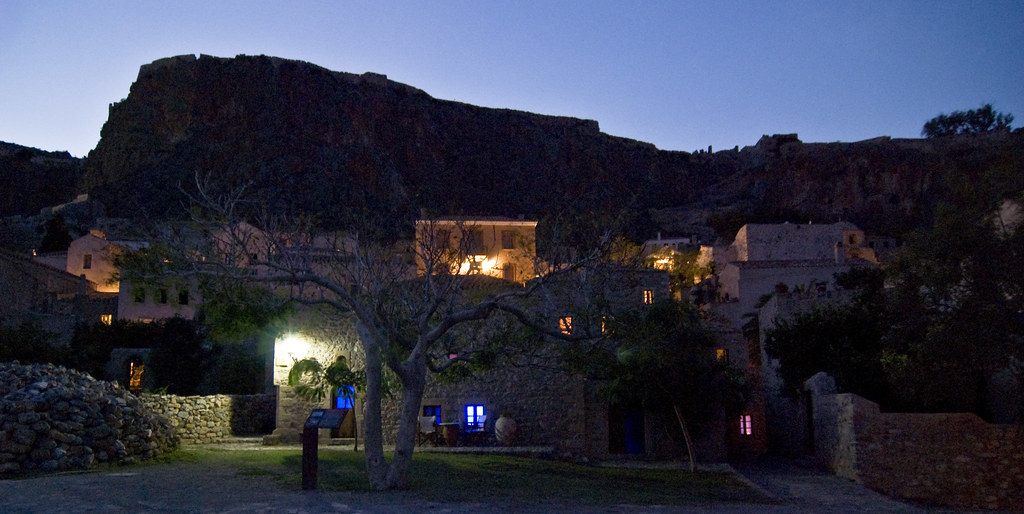
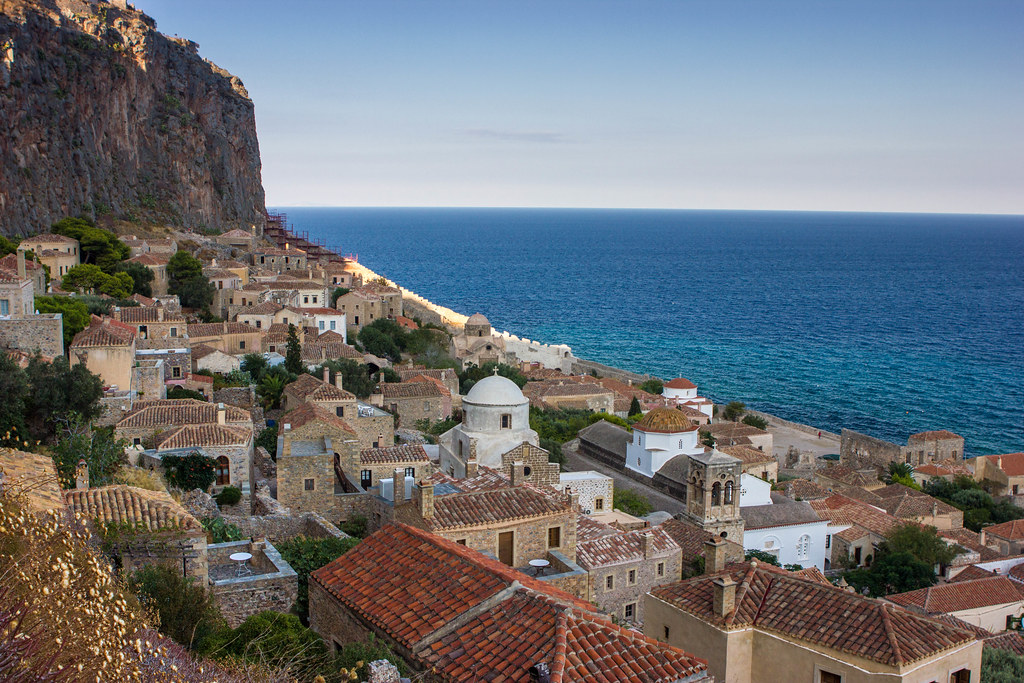
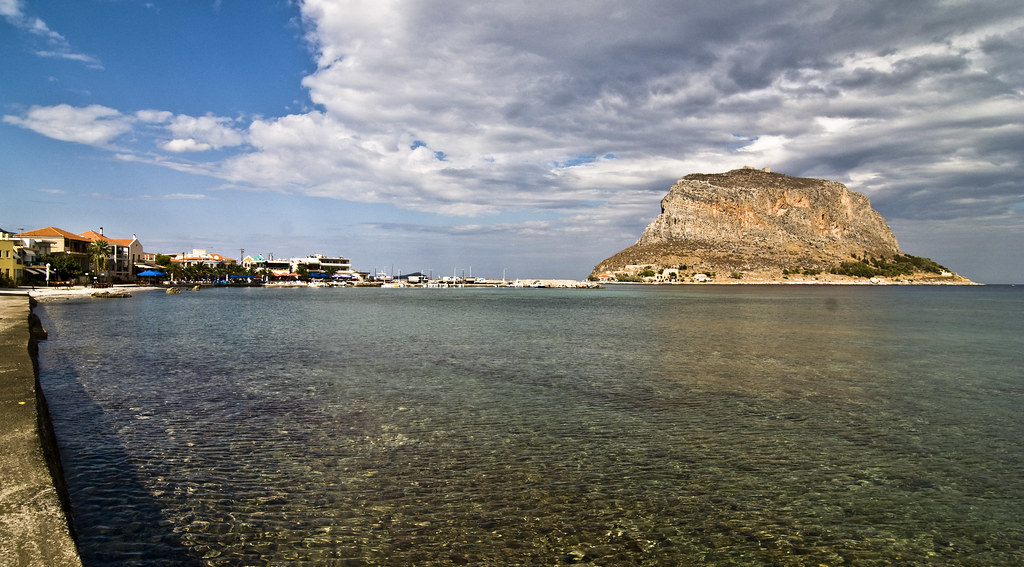
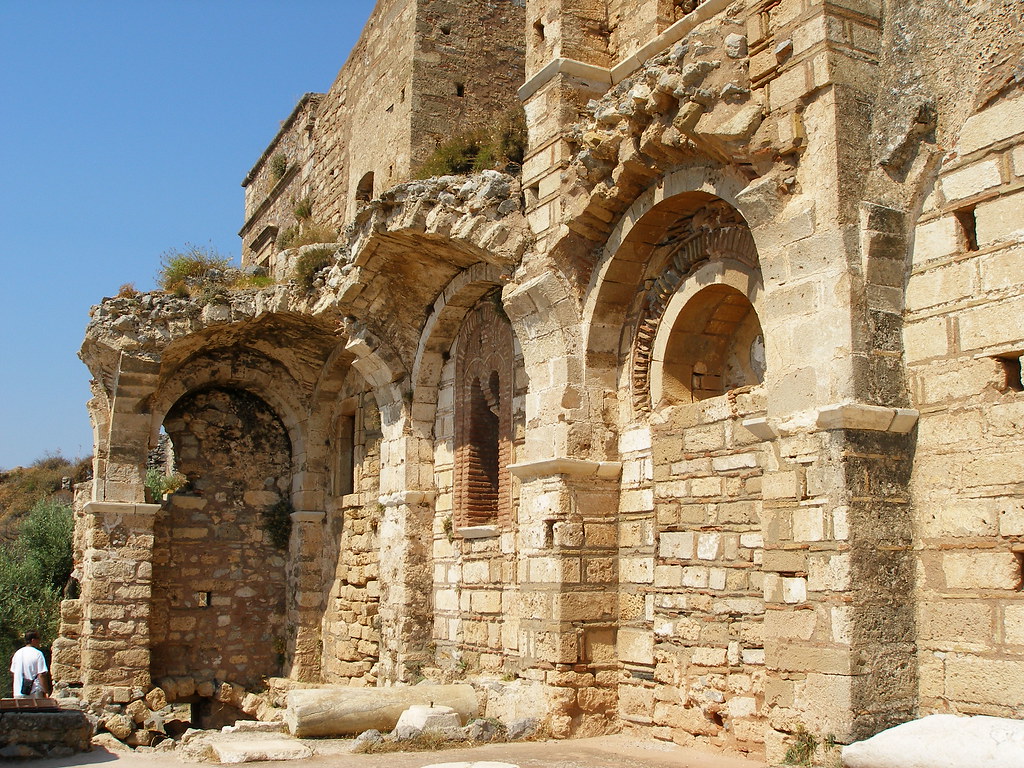
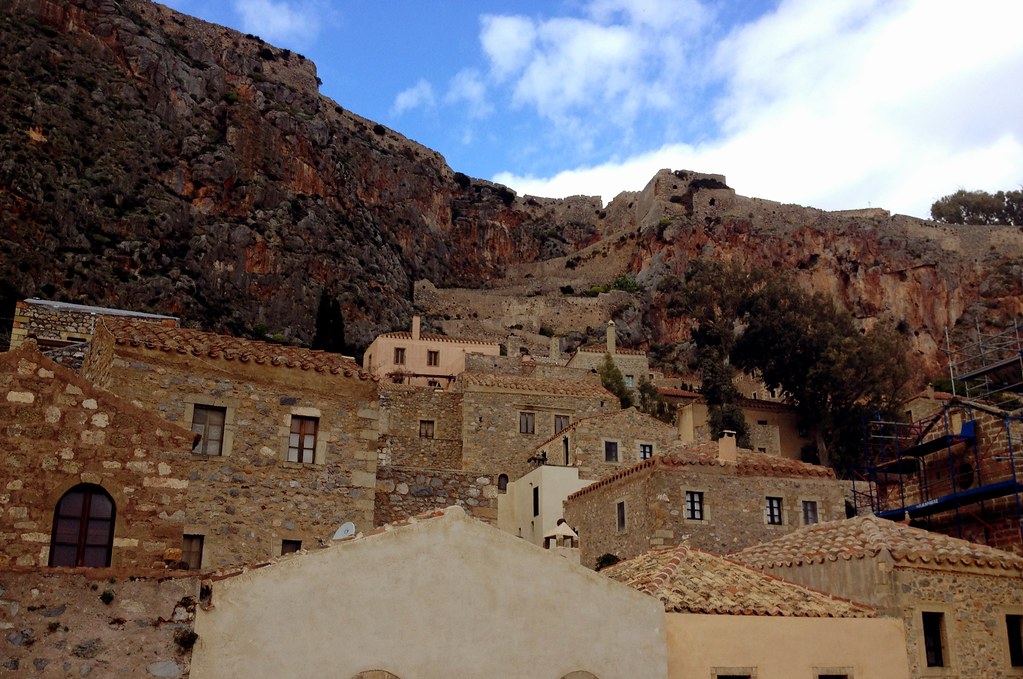
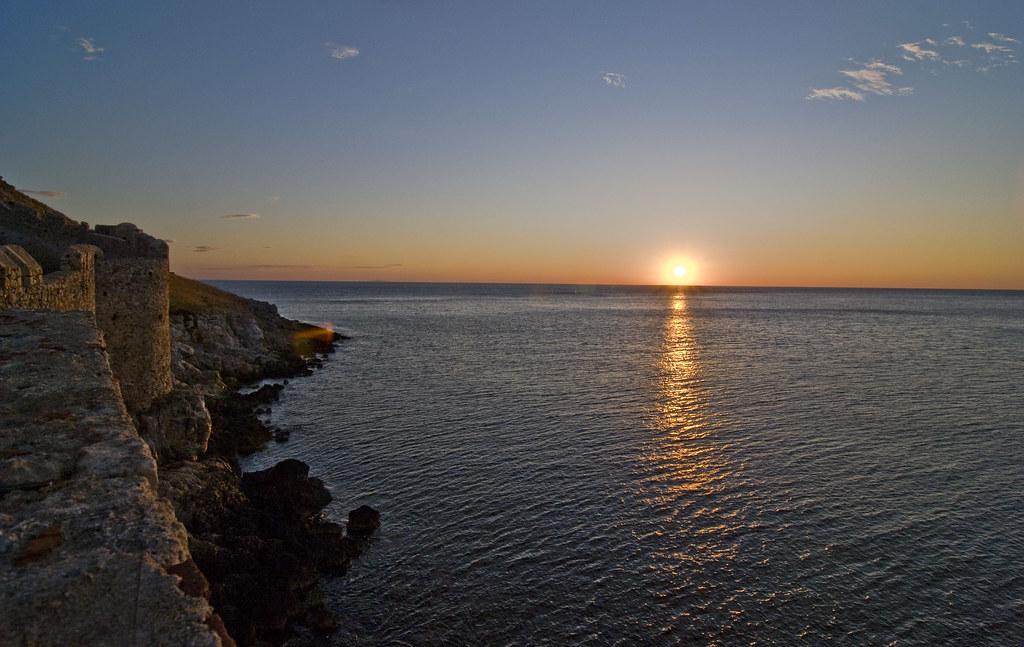
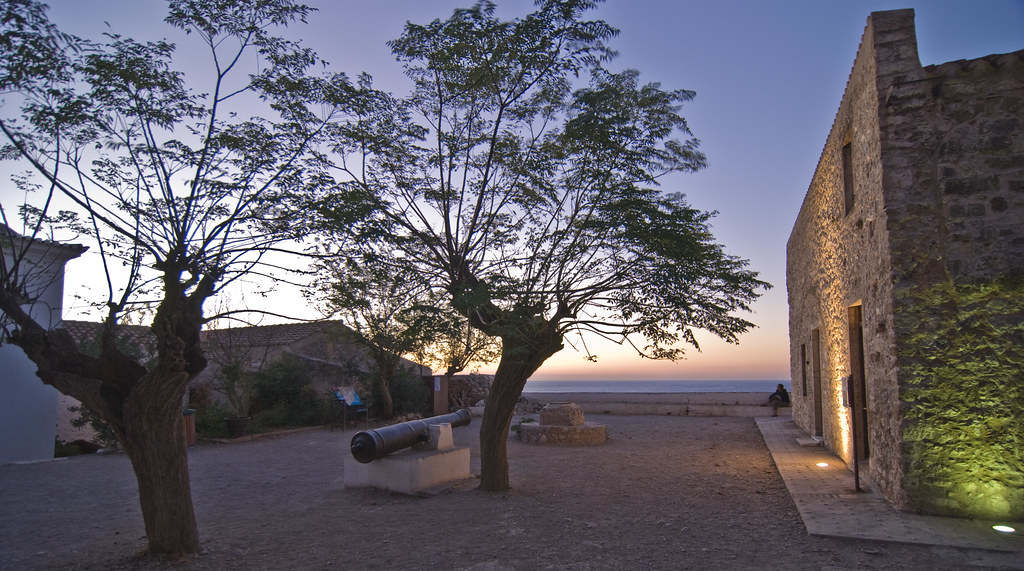
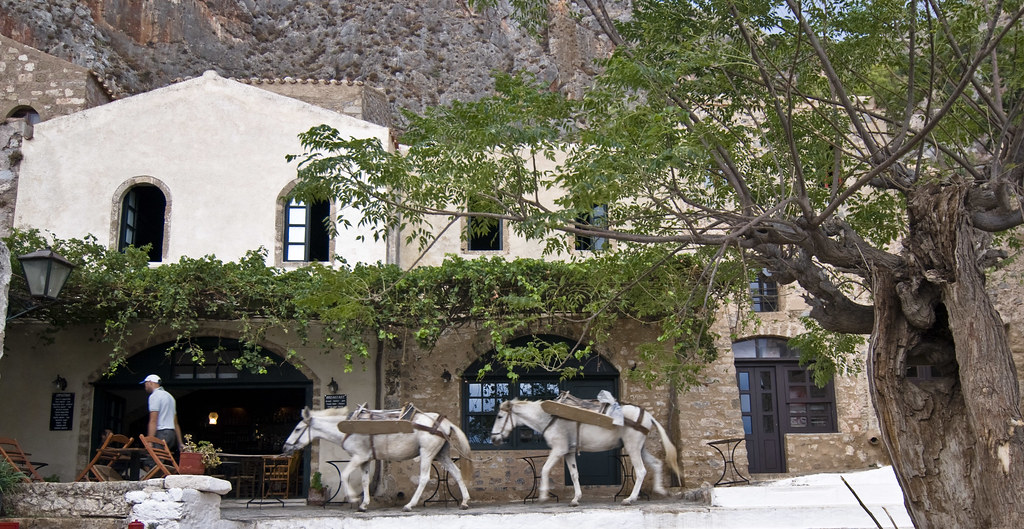
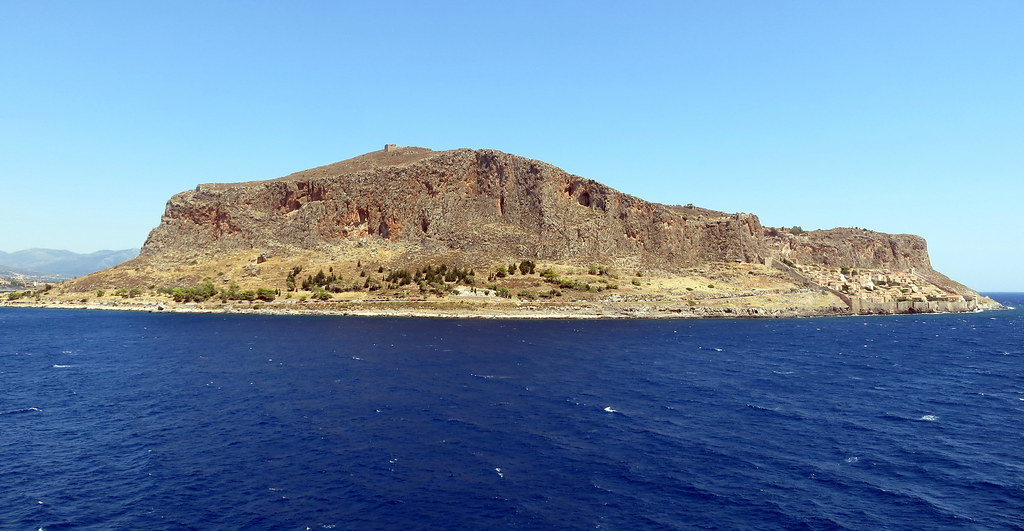
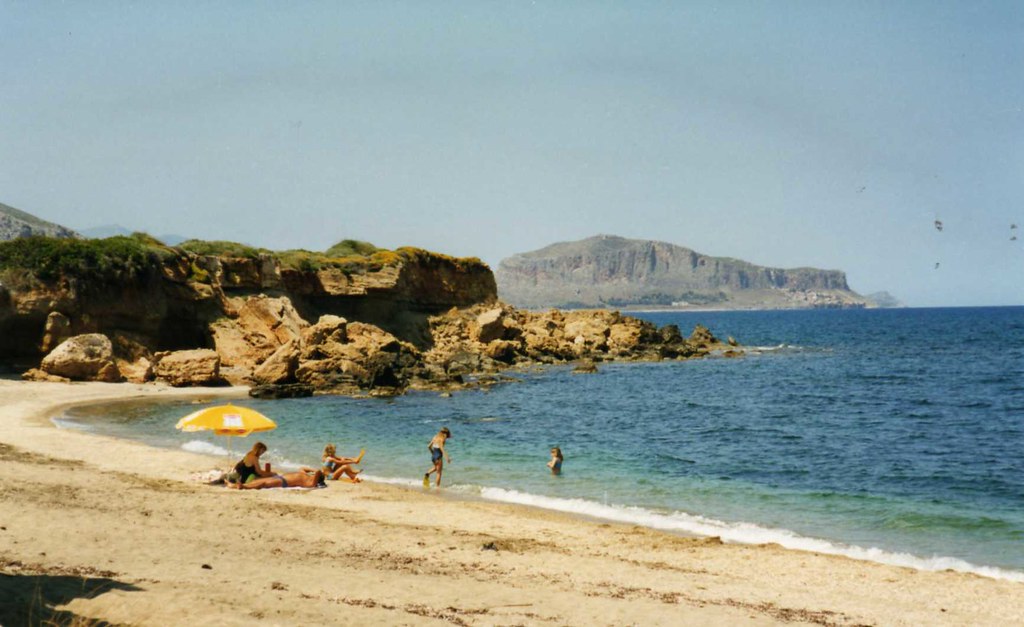

No comments:
Post a Comment